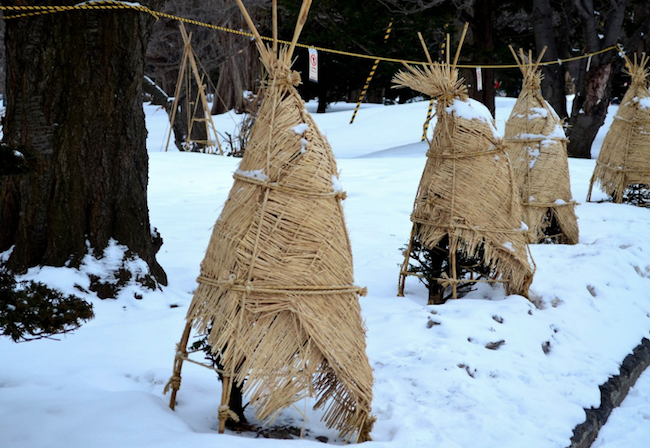

We may earn revenue from the products available on this page and participate in affiliate programs. Learn More ›
Home Advice You Can Trust
Tips, tricks & ideas for a better home and yard, delivered to your inbox daily.
Winter Woes

As the days grow shorter, colder, and darker, it’s tempting to just hunker down inside and forget all about home and garden chores until the spring. But winter is no time for conscientious homeowners to take it easy—there is a lot of maintenance to deal with during the “off” season. Here are some crucial seasonal mistakes that trip up many homeowners during the winter months.
Not Scheduling a Free Energy Audit
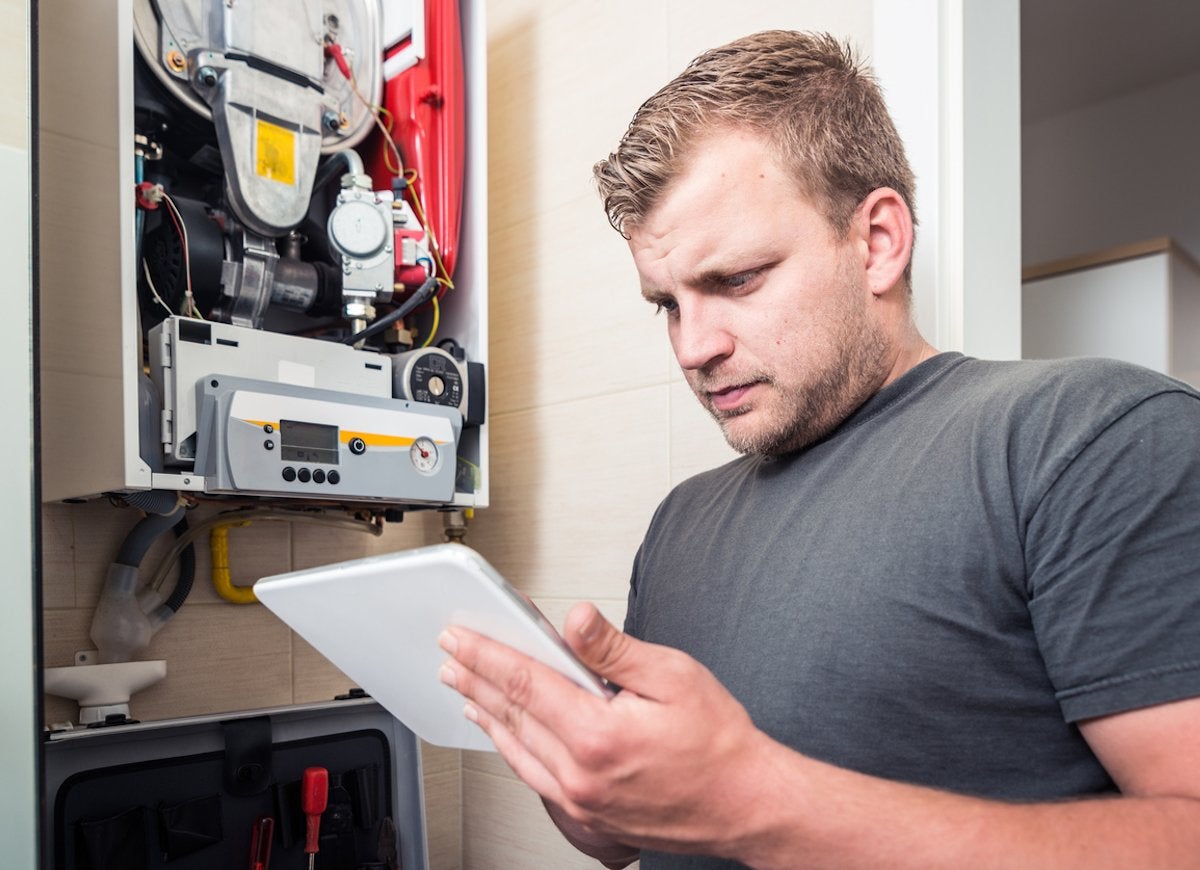
What you don’t know about your home’s energy efficiency could cost you—in the form of higher utility bills. Get the full picture by calling your utility providers to schedule a free or low-cost energy audit to help figure out how you might be able to improve energy efficiency and save money on energy costs. Indeed, you could save 5 percent to 30 percent by making upgrades recommended by an energy audit, according to the U.S. Department of Energy.
Letting Those Last Leaves Stay Put
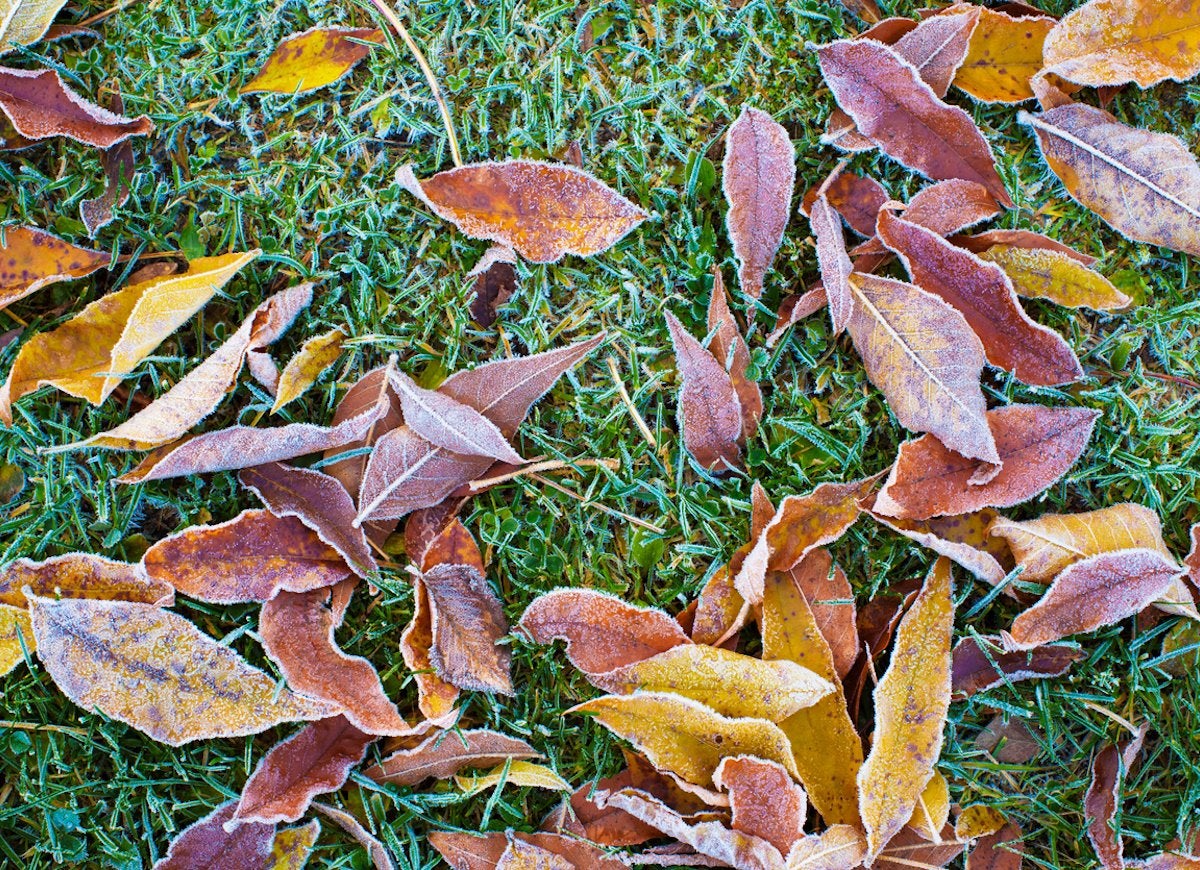
Even though your lawn may look brown and dormant, there is still plenty of activity going on in the root system during the winter. Letting fallen leaves stay on your lawn can smother the turf and cause mildew growth, which in turn can kill the grass—and cause a huge headache in the spring.
Piling Firewood Too Close to the House
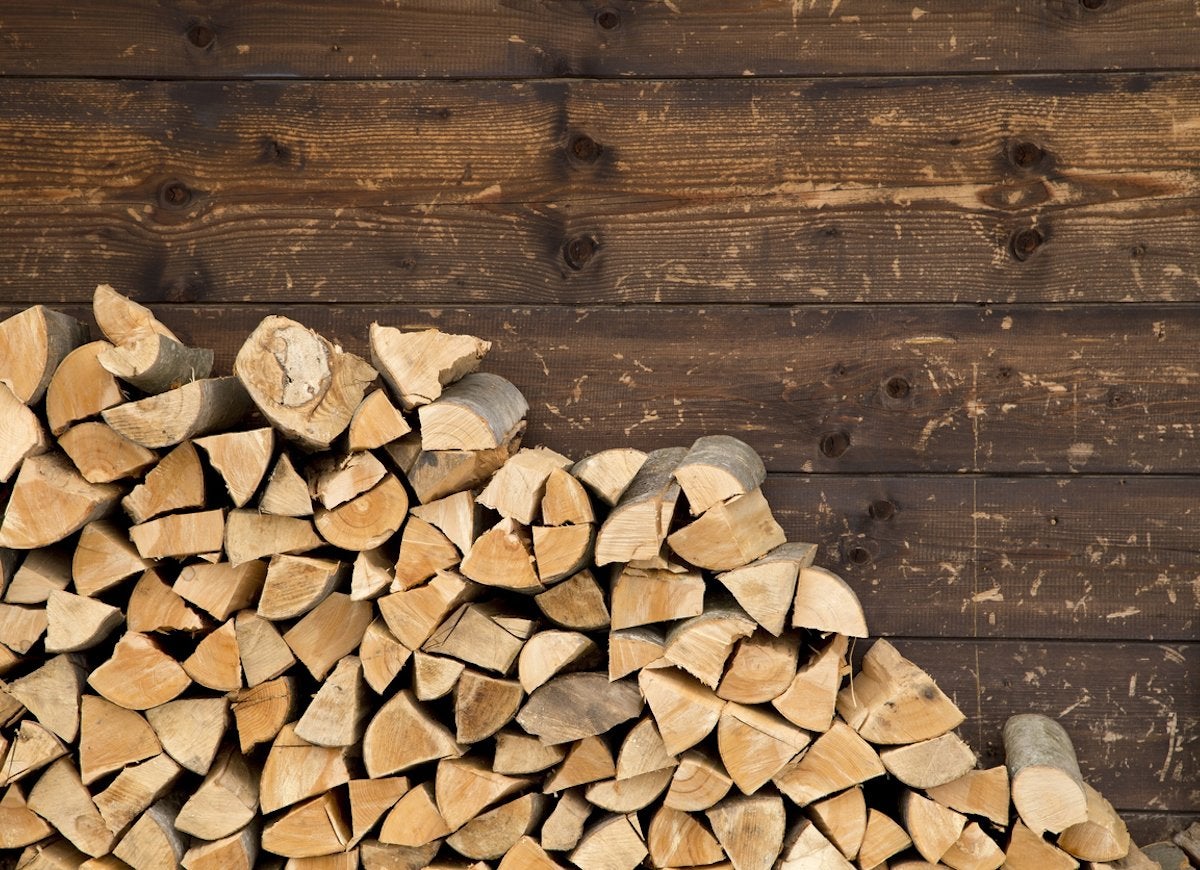
Firewood creates a cozy habitat for outdoor bugs—and if your woodpile is situated too close to your home, those creepy crawlers might move in with you. Be sure to stack firewood more than six feet away from your exterior walls, and keep it up off the ground on a rack made of tubular steel or pressure-treated lumber. Shake off and inspect all firewood before you bring it inside to make sure no insects are coming along for the ride.
Not Pest-Proofing Sensitive Plantings
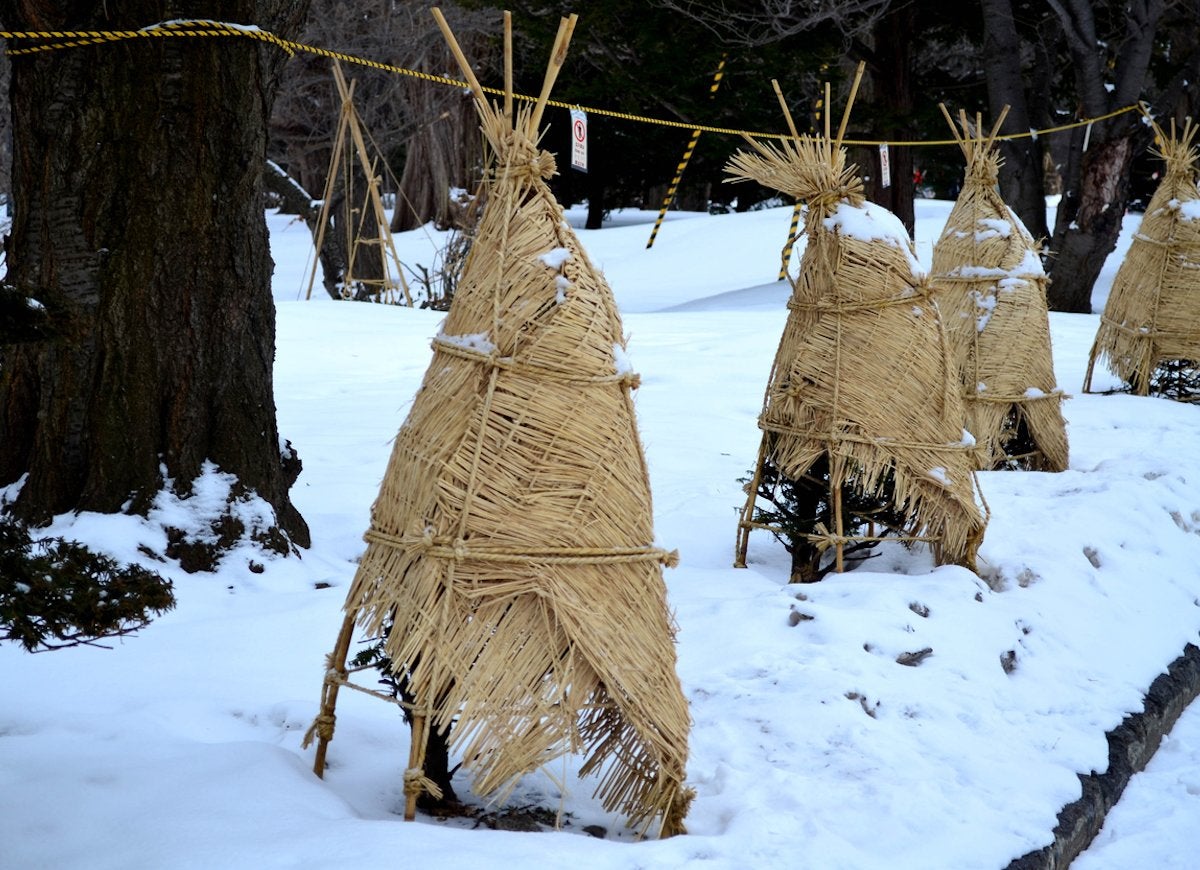
Winter is a rough time for deer and rodents because their natural food sources are in short supply. That’s when these critters turn to your pricey plantings for a tasty snack. Defend your territory by wrapping shrubberies with burlap or wire mesh, and spray plantings with repellent to protect them from these toothy marauders.
Not Covering or Protecting Outdoor Faucets
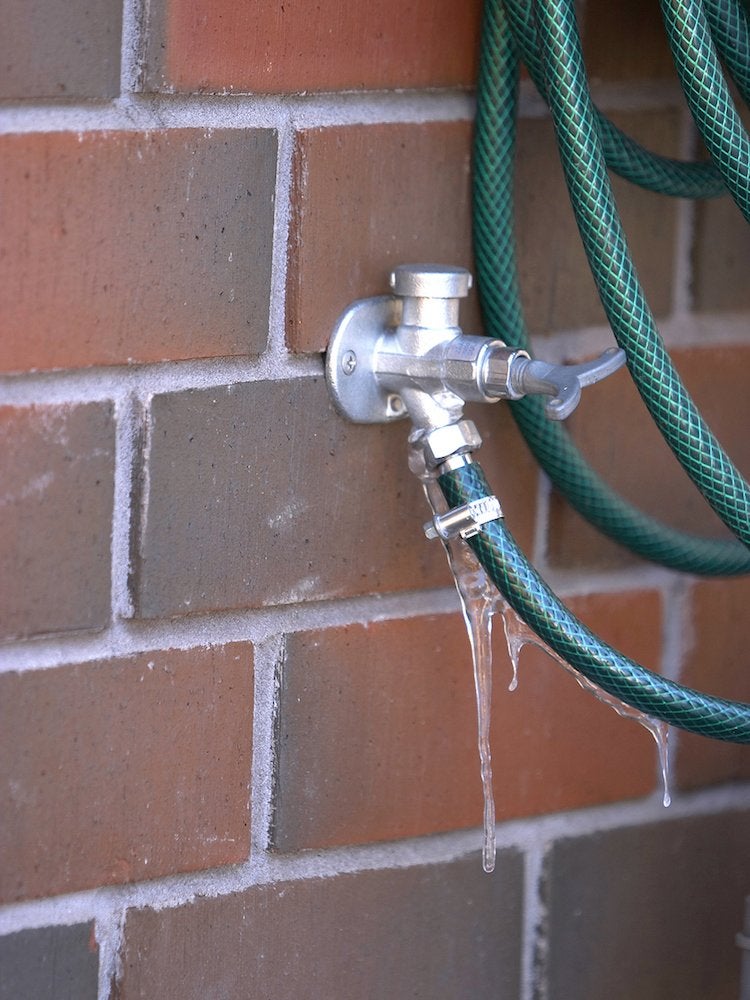
If you worked through your fall maintenance checklist, you’ve probably already removed your hoses and winterized your outdoor water systems, but you may have forgotten to cover the faucets. Place an outdoor faucet cover over the tap—you can buy one for as little as $2—to prevent cold air from seeping into your house. You may also want to wrap any exterior pipes with foam insulation to protect them from freezing.
Not Letting the Sun Shine In
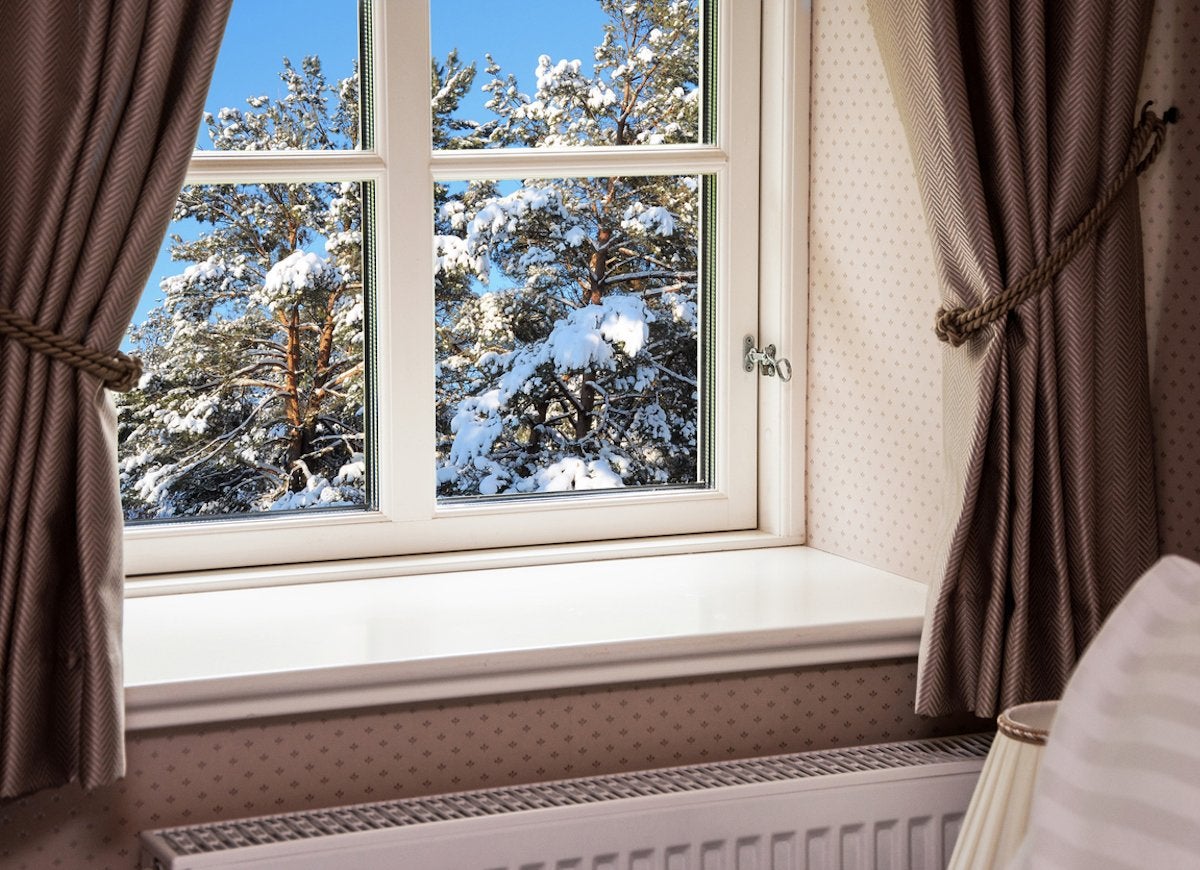
Don’t keep those curtains and draperies closed all season! You can actually keep your house warm for less if you open your curtains during the day to let in the heat of the sun and close them at dusk to shut out the cold.
Not Getting Rid of Icicles
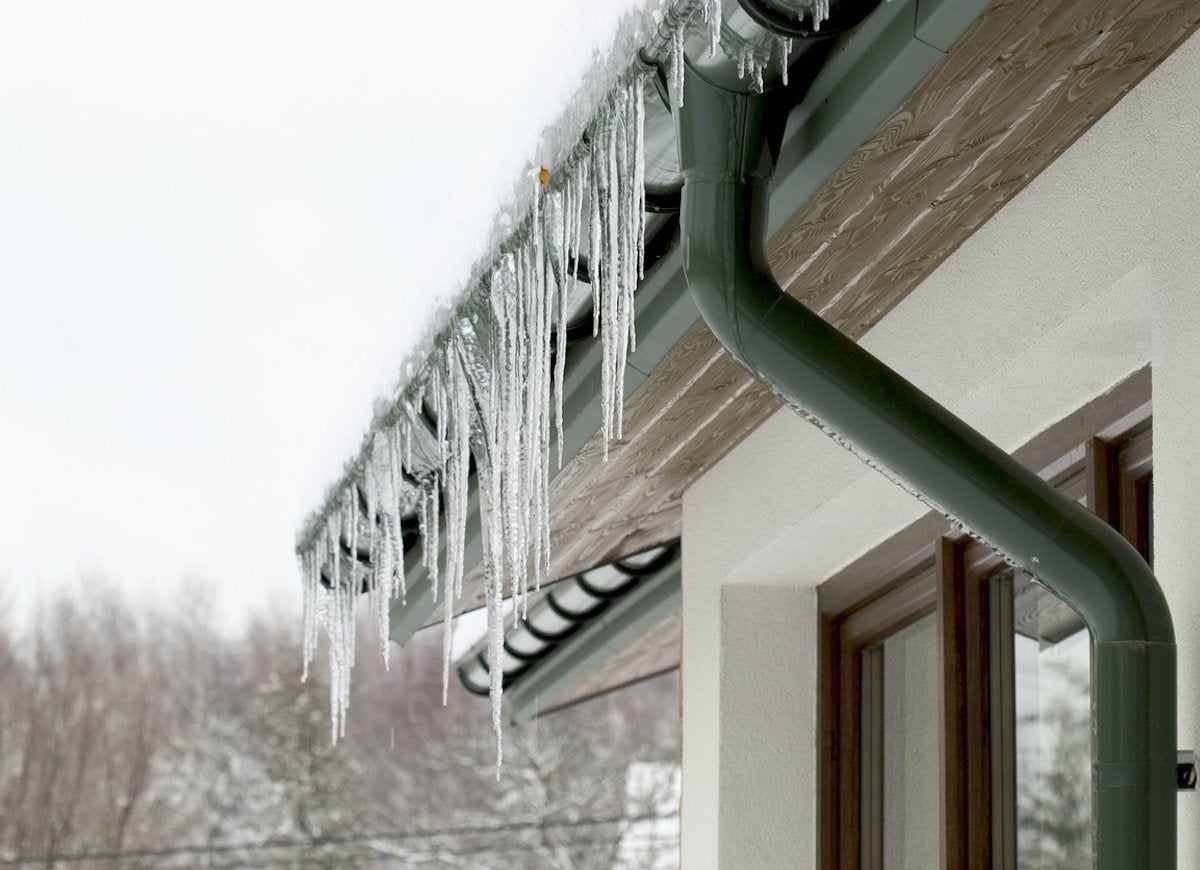
Sure, they may look pretty, but icicles pose a threat to your porch, your walkway, and even your body if they break and fall. Icicles can also be a sign of a bigger problem known as an ice dam, which occurs when snow and ice build up inside the gutter and overflow, thereby blocking water from draining off the roof. Ice dams can lead to interior leaks and roof damage—all of which are costly to fix. To prevent icicles and ice dams, clear gutters of debris, install additional insulation in the attic and exterior walls, and consider installing heated gutter cables.
Not Humidifying Your Indoor Air
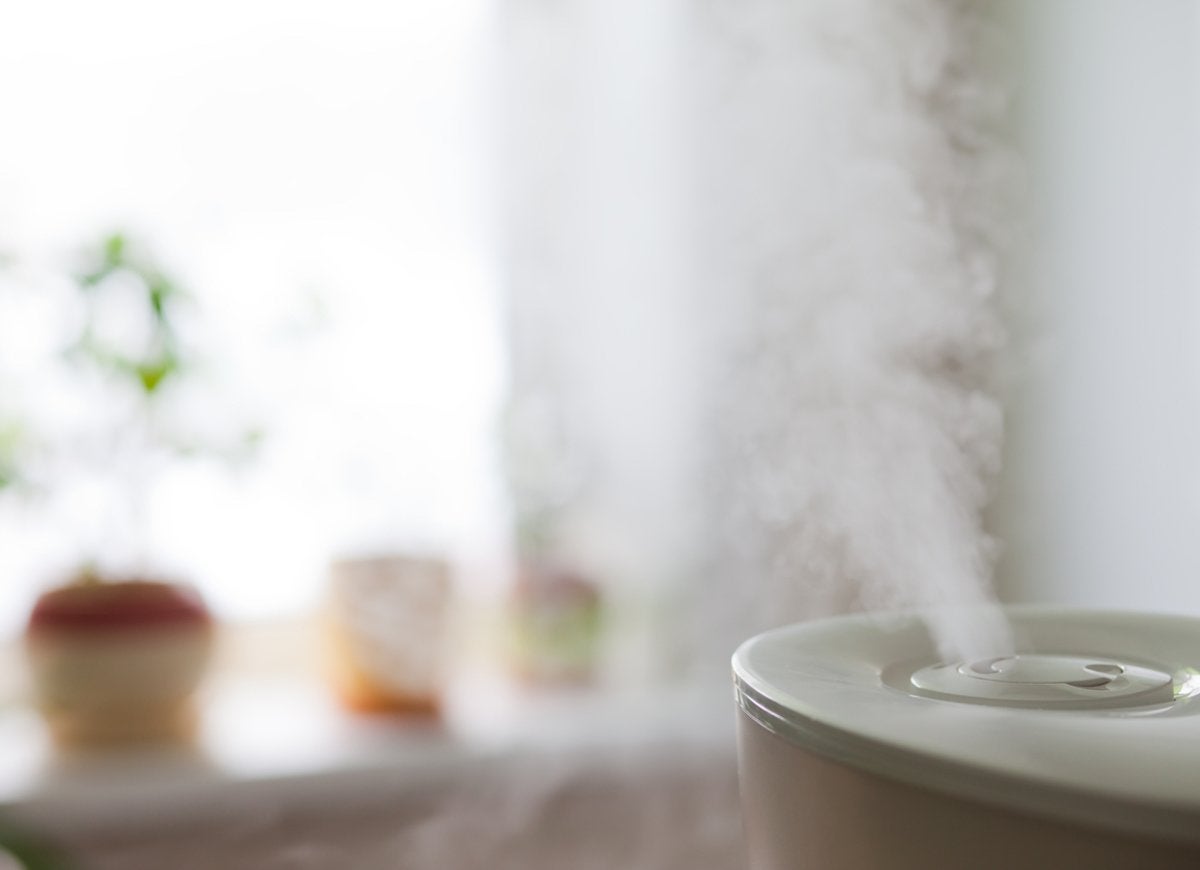
If you live in a region with sweltering summers, you’ve probably heard the expression, “It’s not the heat, it’s the humidity!” There is some science behind the saying—damp air makes us feel hotter than the actual temperature would indicate. The same is true in the winter—humid air feels warmer, so running a humidifier will do wonders to increase the feeling of heat in your home. Because it eliminates dry air, a humidifier will also help prevent dry, flaky skin, soothe aching throats and sensitive nasal passages, decrease static, and prevent damage to interior wood and furnishings.
Not Using Programmable Thermostats
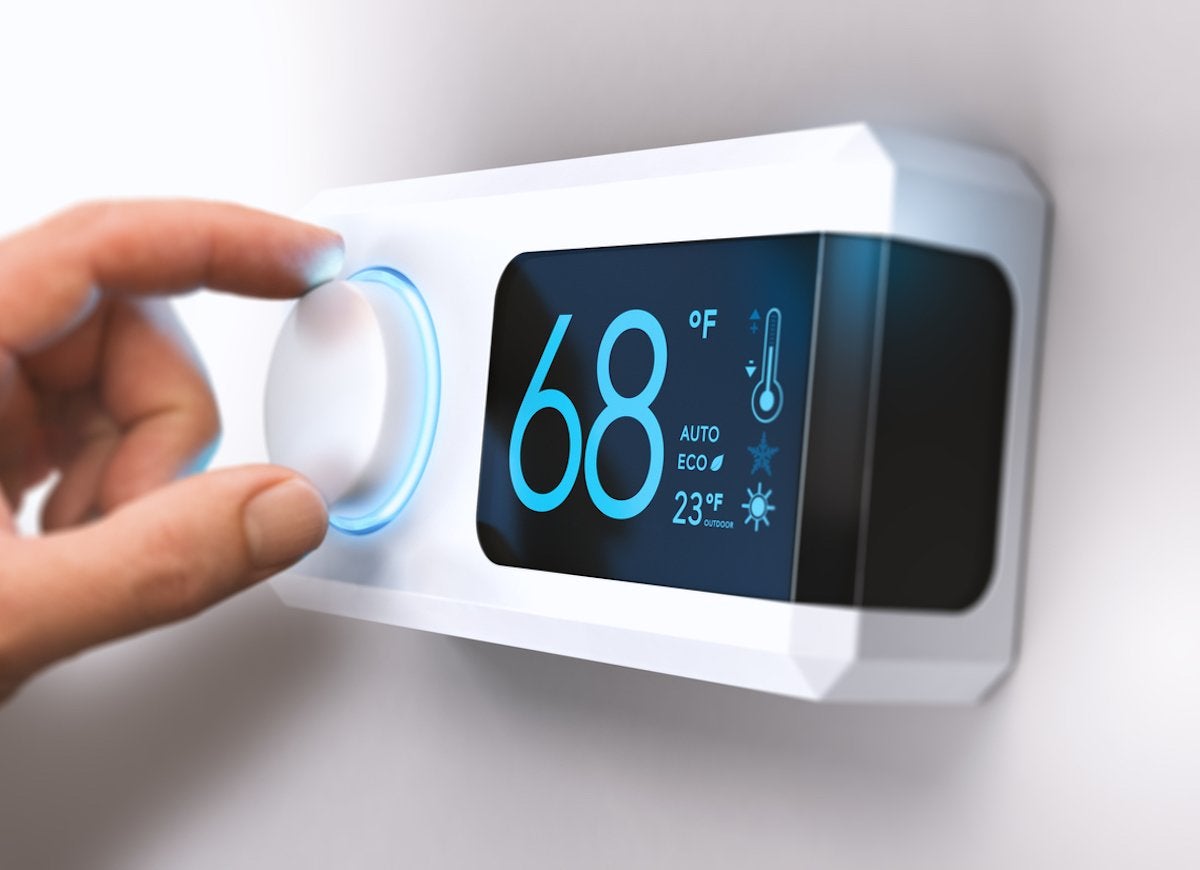
Most people take a “set it and forget it” approach to temperature control, but this attitude can cost big bucks in the long run: The average homeowner can save as much as 10 percent a year on heating and cooling by setting the thermostat 7 to 10 degrees lower for eight hours a day, according to the U.S. Department of Energy. The easiest way to do this is to use a programmable thermostat. If you have one already, make sure it’s set to run at a lower temperature when no one is at home. And if you don’t yet have a programmable thermostat, make this the year you buy one!
Using Hot Water to De-Ice a Car Windshield
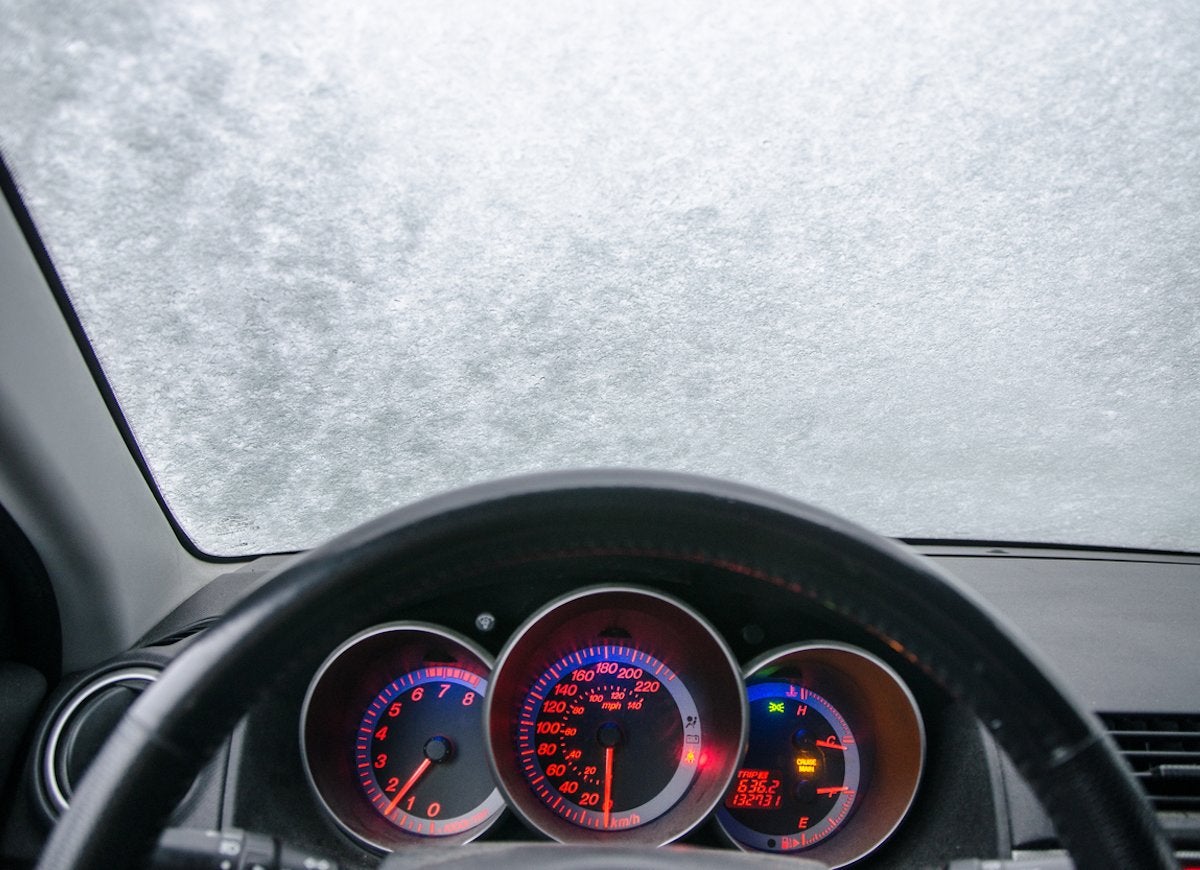
When you’re late for work and your car windshield is covered in a thick layer of ice
, it can be tempting to run inside, grab a pan of hot water, and douse the windshield to melt the frozen mess instantly—but don’t do it! The temperature difference between the hot water and the ice can crack or shatter the windshield, necessitating an expensive emergency repair. Clear the ice with an ice scraper, a commercial de-icing spray, or rubbing alcohol, and invest in an inexpensive windshield cover to solve the problem altogether.
Using Outdoor Equipment Inside During a Power Outage
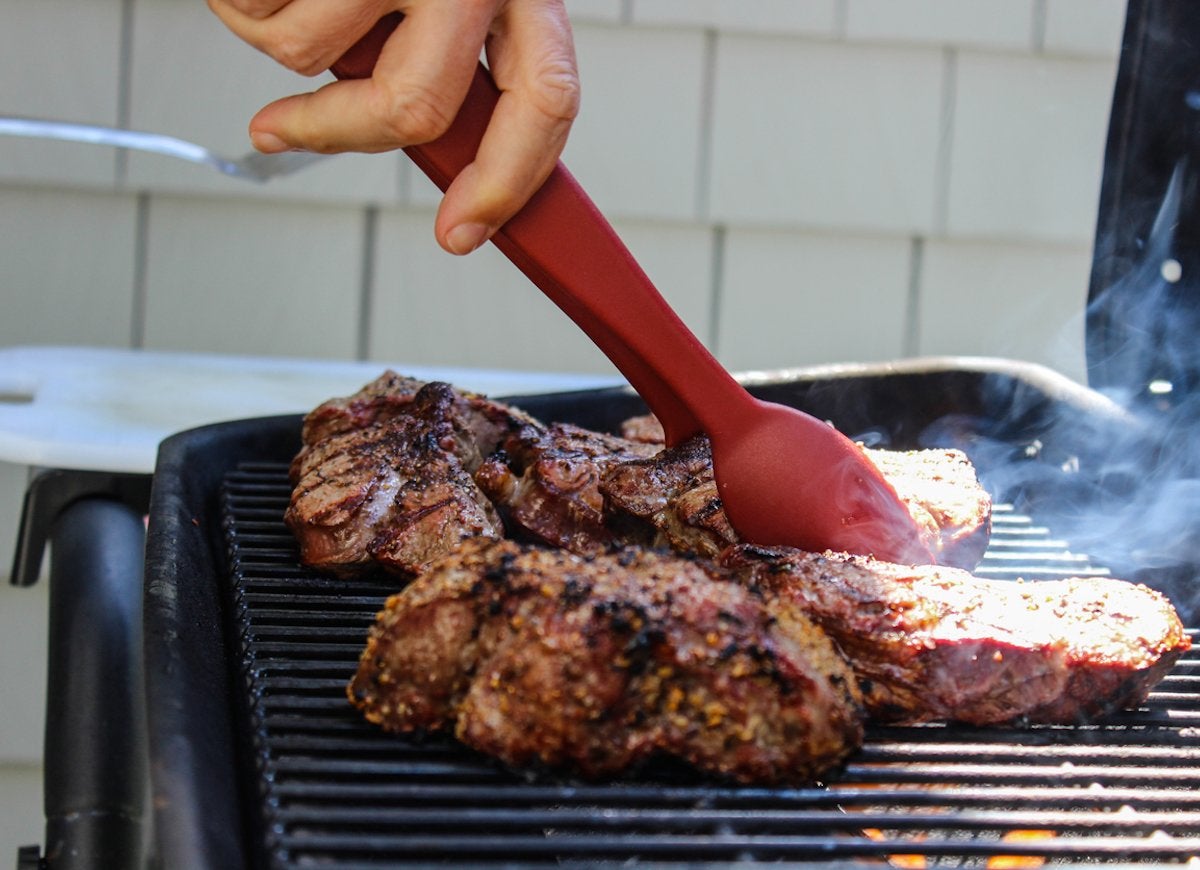
Winter storms often bring power problems. When your electricity goes out, you might consider bringing an outdoor kerosene heater, propane grill, or generator inside to warm things up. But think again: This equipment emits carbon monoxide and other toxic gases, and if these are released in an enclosed area they can cause dizziness, fainting, or even death. Leave these units outside, where they belong!
Be Informed

It’s hard to deny: No winter defense can be successful unless you’re educated about the most common household emergencies that can arise in colder temps. Share the knowledge with friends and family to stay safe and warm this winter.

The Homeowner Survival Kit
This year’s Bob Vila Approved is a hand-picked curation of tested, vetted, must-have essentials for surviving homeownership today.